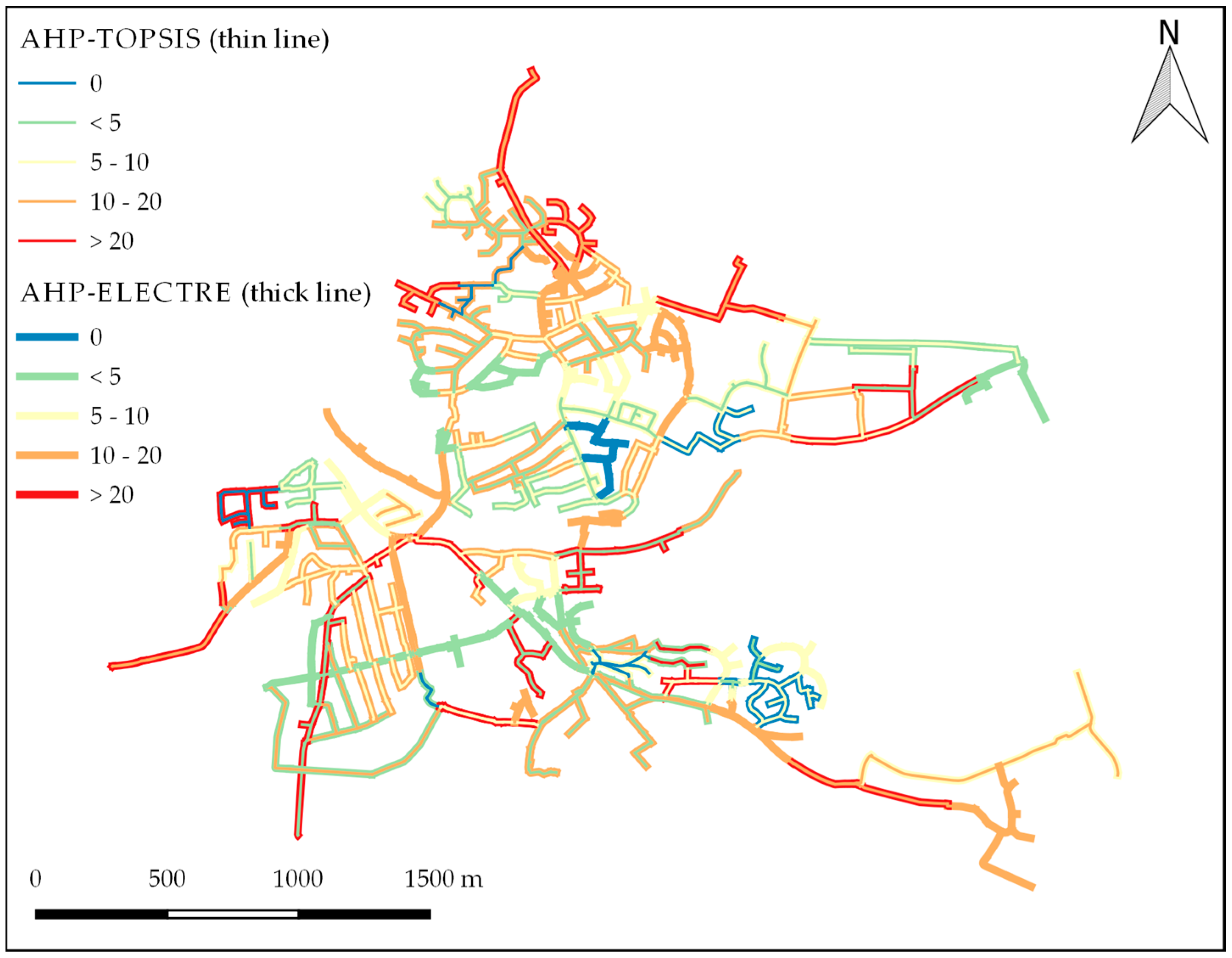

- #Integrated age of water professional#
- #Integrated age of water download#
- #Integrated age of water free#
#Integrated age of water professional#
This professional book, available for purchase from Scholastic, includes scoring guides, focus lessons, and activities for teaching each trait. This professional book, available for purchase from Scholastic, provides scoring guides, sample papers, and focus lessons for each trait, all framed to address K-2 teachers’ needs.Ħ+1 Traits of Writing: The Complete Guide: Grades 3 & Up: Everything You Need to Teach and Assess Student Writing with This Powerful Model The Northwest Regional Educational Laboratory’s web site includes an overview of the model, definitions of each trait, lesson plans, writing prompts, publications, scoring guides, and professional development workshops and institutes.Ī collection of resources related to the 6+1 Traits writing model.Ħ+1 Traits of Writing: The Complete Guide for the Primary Grades As we mentioned earlier, using exemplary examples like Water Dance helps students understand a trait (in this case, Ideas or Word Choice) and improve their own work. The resources highlighted below provide more information about the 6+1 Traits, strategies for use in the classroom, and rubrics to evaluate students’ work. Strong writers understand the ways in which the traits manifest themselves across the different modes of writing and can make appropriate choices in their own writing. The manner in which the traits are used, however, will differ – the organization of expository writing (a textbook) is quite different from a narrative (story). These traits, or elements of writing, are common across all modes of writing – narrative, descriptive, expository, and persuasive.

Rather than change an already familiar name, the developers modified the title to read “6+1 Traits.” The model was later revised to include a seventh trait, Presentation.
#Integrated age of water free#
Accessing this article is free for members of the National Science Teachers Association and $0.99 for nonmembers.
#Integrated age of water download#
These questions allowed students to draw on personal experience and made the ensuing reading of Water Dance much richer.įor more information on these activities, you can download the article, see below, in its entirety.

Students reflected on each image and responded to open-ended questions. Sharing these presentations led to a class discussion and deeper understanding of the nature of the water cycle – and an appreciation of multiple perspectives. Once the students had organized the 13 poems, they planned a dramatic reading of the material. As Toft and Scoggin report, listening to the group discourse during this activity proved to be an excellent formative assessment of students’ knowledge of the water cycle.įollowing the matching activity, student groups arranged the poems in an order of their own choosing.

Pairs or triads matched each poem to its tag line. Students previewed the cover of Water Dance but did not read the book. To prepare for this activity, the teachers made copies of the poems and separated each poem from its one-sentence tag line. Toft and Scoggin describe three activities, all based on Water Dance, in their article “The Ripple Effect.” In the November 2007 issue of Science and Children, Joanne Toft and Kathy Scoggin discuss how Water Dance engaged fifth-grade students and developed their knowledge of the water cycle.


 0 kommentar(er)
0 kommentar(er)
